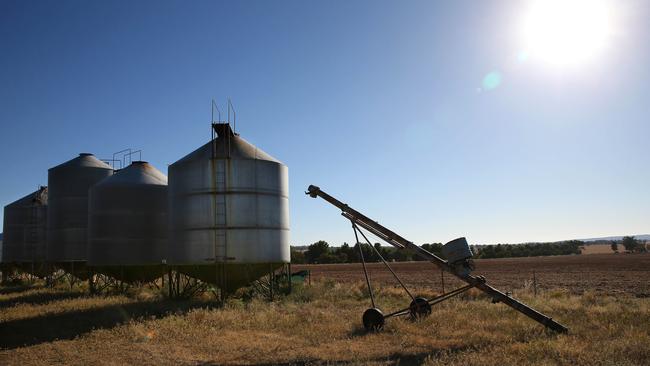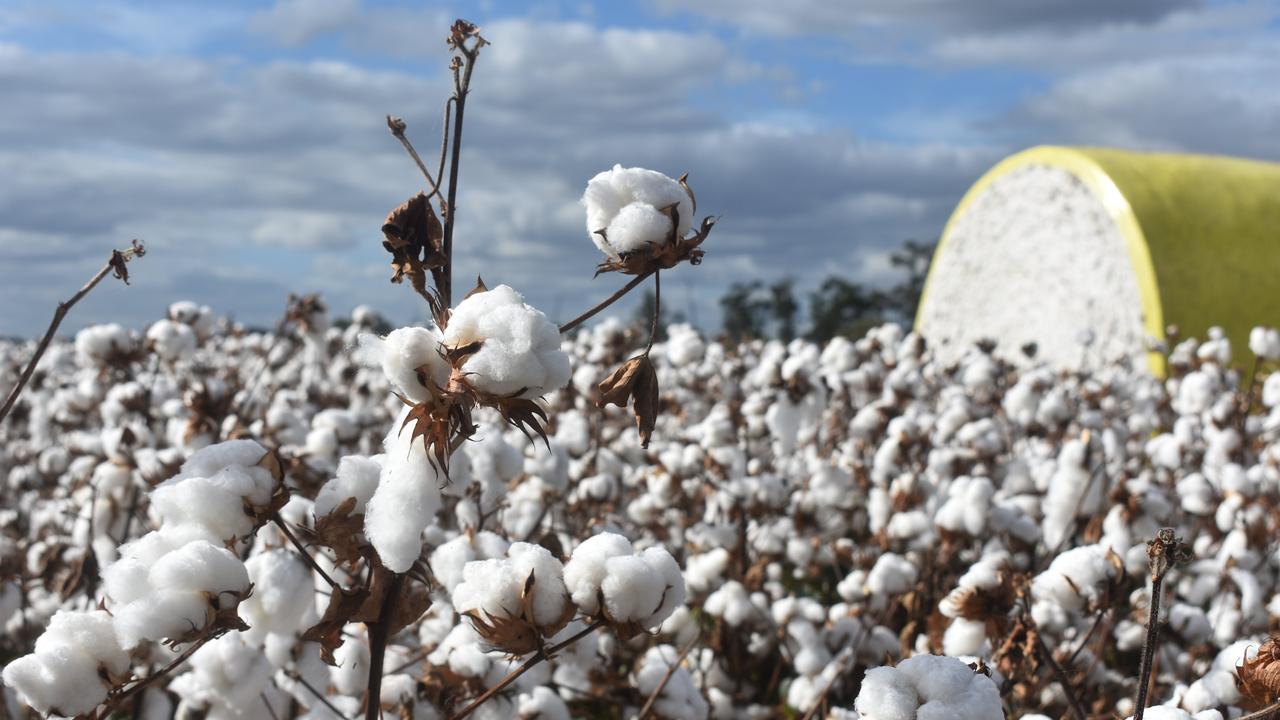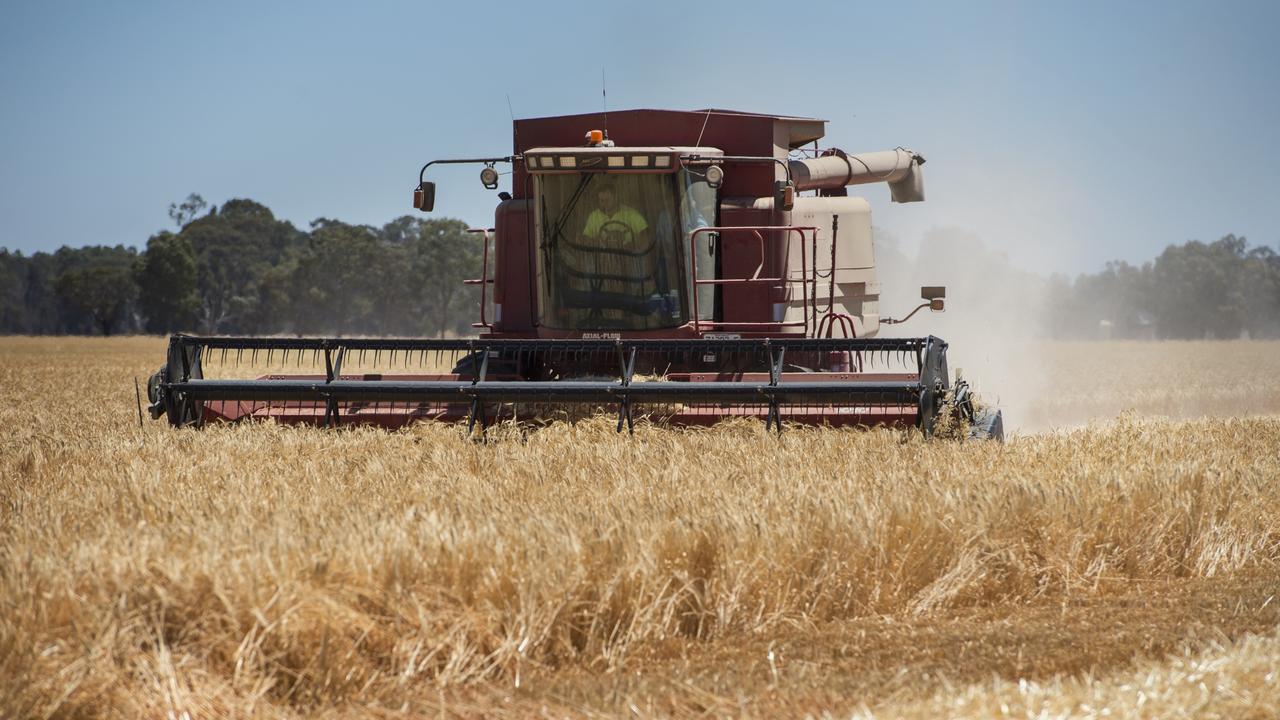Whispers from Russia finally put a halt to wheat price slide
Some major re-positioning of the global wheat trade could impact Australian wheat prices for the next six to nine months. Read what is putting a smile on growers’ faces this week.

AFTER six weeks of consecutive falling prices, wheat bids from buyers have finally hit the bottom, lifting $1 to $5 a tonne this week.
Rumours are supporting Victorian wheat prices as harvest fills storages at a rapid rate.
Cool windy weather has slowed the final paddocks being harvested in northern Victoria and southern NSW.
Warm conditions have since given hope that some growers will complete harvest before the rains that are forecast this week.
Winds may have trimmed yields due to wheat heads and barley grains dropping to the ground.
But the 2020 harvest has been favourable for grain growers and production estimates are rising.
With a return to a robust export surplus comes a heavy challenge for the grain supply chain.
Australian wheat and barley now competes with some of the cheapest origins in the world and international impacts are rapidly reflected in local prices.
Often world wheat markets are thrown around by surprise announcements from the US Government’s World Agricultural Supply and Demand Estimates.
Last week’s report was supportive to wheat prices as rising demand in China helped push global consumption up 5.1 million tonnes.
Wheat stocks were reduced by four million tonnes, mainly by revisions in China and the EU.
At the same time, the WASDE estimate for wheat production in Australia was lifted to 30m tonnes, lower than the Australian government forecaster and still short of the 33 to 36m tonne range currently estimated by many private forecasters.
While traders found this supportive to wheat prices, it was the rumours from Russia that are making the largest impact on markets.
There have been concerns for Russian grain production for some months due to the lack of rain for the recently planted winter wheat and barley.
Restrictions on exports were rumoured to retain stocks for domestic consumption.
Although only rumours, these stories are taken seriously by traders and analysts as Russia is one of the cheapest sources of wheat in the world. When the floor price rises, the whole market generally rises.
More recently, the Russian government has been concerned with the rising costs of food and President Putin is showing interest in measures to curb food prices.
The significance of Russia and Putin’s engagement is substantial, as some believe that the restrictive trade measures may be greater and introduced sooner than initially suggested.
Black Sea wheat futures lifted US $10 a tonne over three days last week.
This week wheat futures in Paris are $7.10 a tonne higher while Chicago has spiked $20.30 a tonne. But the Aussie dollar has offset some of this strength.
Analysts suggest that Australia and the US will be fresh sources of wheat to replace any reduced exports from Russia.
MORE
VICTORIAN HARVEST THREATENED BY WILD WEATHER ON THE WAY


